Tell us about United Creative
Initially, our company specialised in creating small, brochure-style websites and company branding, alongside designing business stationery. These early offerings were focused on establishing a strong corporate identity for our clients. As the industry evolved, we shifted towards producing User Interface (UI) and User Experience (UX) design solutions, primarily for major digital software companies. This marked a significant transition from basic web and branding design to more complex and user-centric UI/UX services, reflecting our adaptation to the changing demands of the digital landscape.
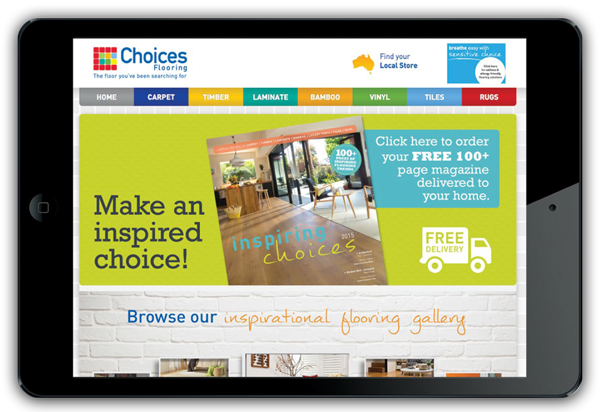
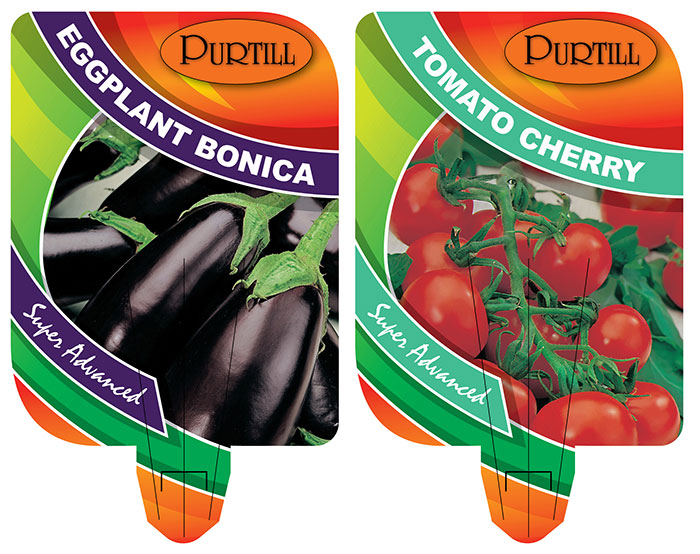
Explain some of the roles in your organisation and describe the relationships you have with these stakeholders, specifically for Interactive Experience Design.
In my design practices, understanding the roles and relationships with various stakeholders is crucial, especially in the context of UX and UI design. One of my key interactions was with the finance team, led by a CFO. We worked closely to determine project budgets and pinpoint opportunities offering the best return on investment. This collaboration ensured that our design initiatives were financially viable and aligned with the company's overall financial strategy.
Another vital relationship was with the marketing team, headed by a CMO. Our discussions centered on their current strategies and how they support sales, exploring avenues for further development. This interaction helped in aligning our UX/UI design efforts with the marketing goals, ensuring a cohesive approach across departments.
Lastly, my collaboration with the development team was fundamental. It involved understanding the product, its workings, and identifying any constraints and expectations related to the functionality of new UX and UI solutions. This ensured that our designs were not only aesthetically pleasing but also technically feasible and aligned with the product's core capabilities and limitations.
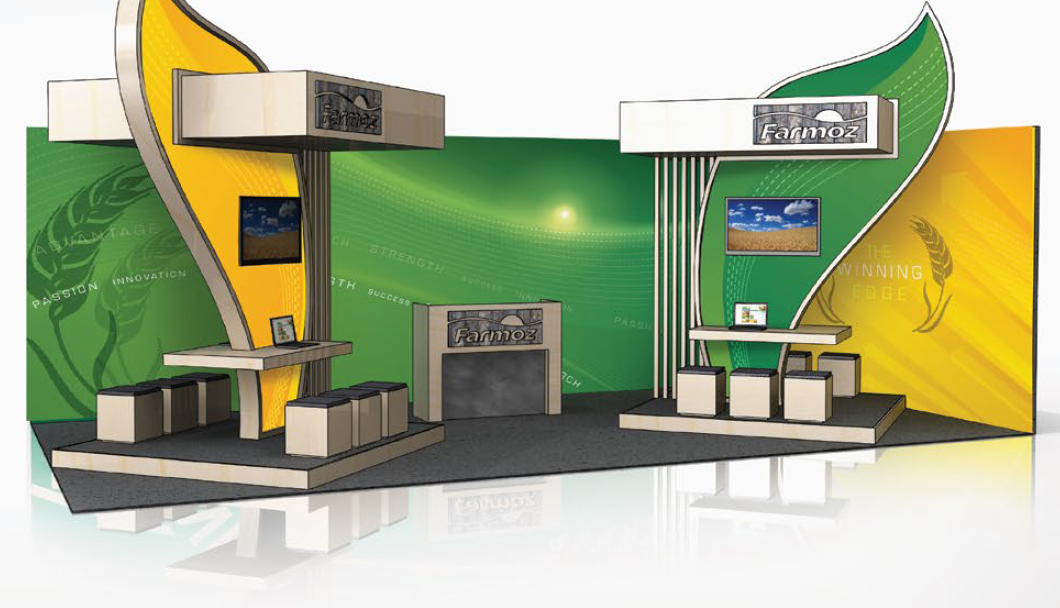
What tools and processes do you use for your design projects?
I would use Jira for project management, often linking in with the companies existing Jira account, so that my design work occured within their systems, ensuring they had oversight into them, the Adobe Suite, particularly Illustrator and InDesign for graphic design, and Adobe XD for wireframing and prototyping in UI/UX design.
Our process aligned somewhat with the double diamond design approach. We started with extensive research to define the project scope and budget, similar to the 'Discover' phase.
As we progressed to the 'Develop' stage, Adobe XD would be instrumental for creating refined prototypes and iterating based on stakeholder feedback. Finally, in the 'Deliver' phase, we finalise and execute our designs, often coding directly into HTML or finalising in Adobe XD. This approach ensures our designs are both strategically aligned and user-centric.
Use of Visual Language in the design process
In our design process, visual language was pivotal. I initially provided low-fidelity wireframes to give stakeholders a fundamental understanding of the project's architecture. Along with these, I presented single 'visions' or examples of individual screens. These were more refined than the wireframes and were essential in conveying the design intent clearly.
By ensuring these visions were well-refined, stakeholders received a clear, concrete idea of the final product, reducing the reliance on imagination. This approach helped in effectively communicating the design concept and facilitating better feedback and decision-making.
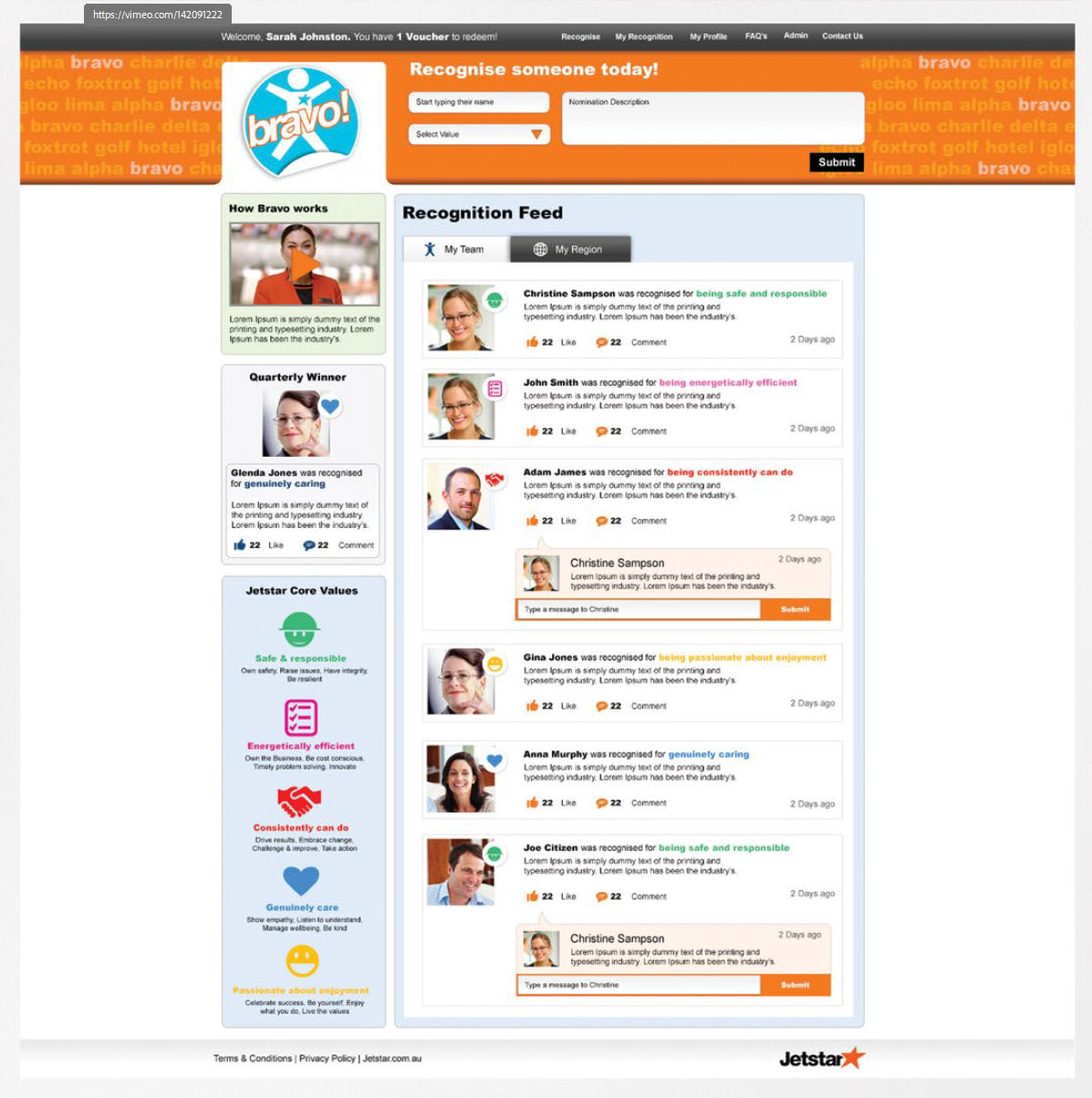
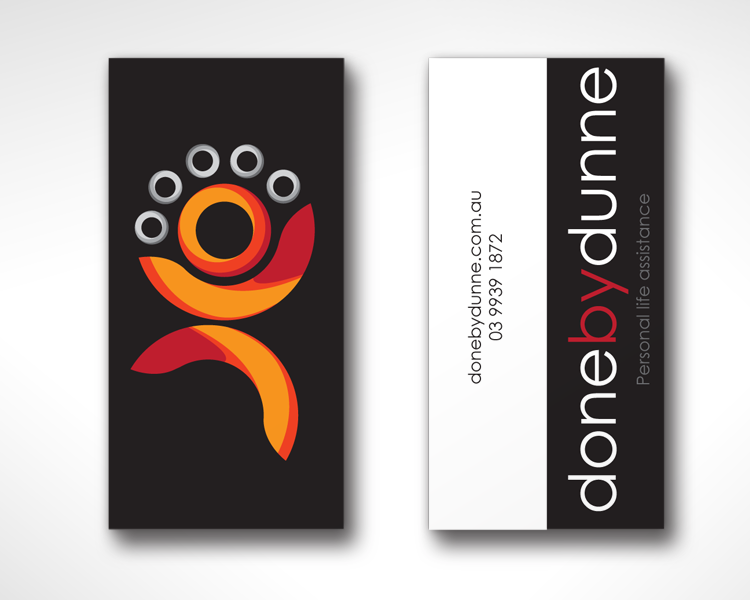
Describe how your company evaluates designs and incorporates client feedback
our company derived feedback through various means. This included in-person meetings with several stakeholders for important decisions, and emails for progress updates where key decisions were described. When it came to evaluating designs, we always referred back to the criteria set in the scoping document, or the brief.
The main question we consistently asked was, 'Does this design fulfill the requirements of the brief as best as it can, and what could be done better?' This approach ensured that our designs not only met the client's needs but also adhered to the strategic objectives outlined at the project's inception. By continuously aligning our designs with the brief and incorporating client feedback, we maintained a focused and client-centric design process.
Describe how environmental factors influencing the design process
Environmental considerations played a role in shaping our design process. I often advocated for digital solutions over print-based ones. This preference was driven by a desire to reduce the carbon footprint of design solutions. By opting for digital communication methods rather than printing, we not only minimised paper usage but also reduced the environmental impact associated with physical production and distribution. This approach was part of our commitment to sustainability and responsible design practices.

Describe how social factors influence the design process
In the realm of digital solutions, I was keenly aware of the impact of technology on social interaction and communication. I sought to create designs that facilitated positive social engagement, fostering a sense of community and connection among users.
Another aspect was staying attuned to social trends and shifts in user behavior, which guided design decisions. For instance, many designs I produced during the transition from laptop and desktop based web browsing, to mobile browsing, which shifted the focus of the designs to a 'mobile first' model.
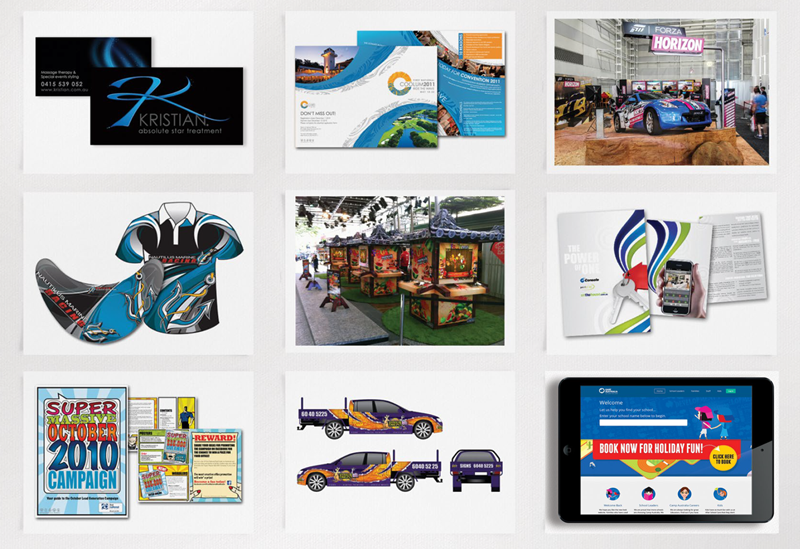
Describe how legal and ethical factors influence the design process
Legal and ethical considerations, especially confidentiality, were integral to our design process, particularly when working with new products. Firstly, from a legal perspective, we adhered strictly to non-disclosure agreements (NDAs) and other contractual obligations to protect the intellectual property and sensitive information of our clients. This involved implementing secure communication channels and data storage practices to safeguard project details.
Ethically, maintaining confidentiality is paramount to building trust with our clients. It’s not just about legal compliance; it's about respecting the confidentiality and proprietary nature of the projects we handle. This extends to ensuring that our team members are aware of and committed to these confidentiality protocols.
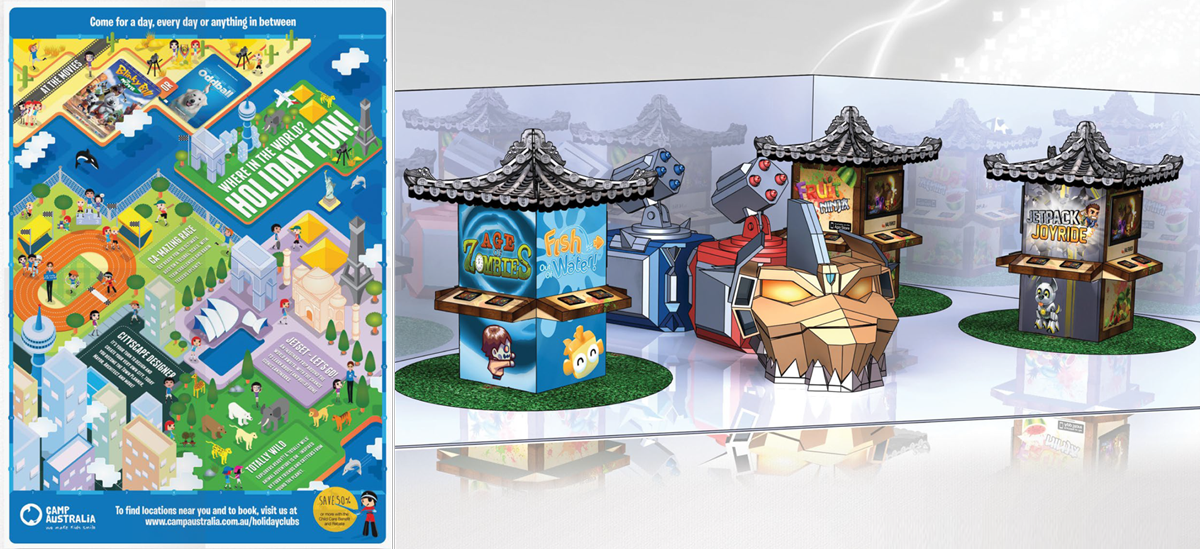

How the industry has changed
In the early stages of the industry, there was an even split between print and digital design, with web design being a significant component. Initially, web design was largely about aesthetics and novelty. It was more about creating something visually appealing and unique, without a heavy emphasis on user experience or functionality.
However, as the industry evolved, there was a notable shift towards a greater focus on digital design. The emphasis moved away from merely novelty and aesthetics to prioritise functionality and efficiency. This change was driven by a need to create designs that were not just visually appealing but also highly functional and user-friendly.
Another significant change was the increased reliance on data to inform design decisions. Web design became much more data-driven, heavily influenced by usage data gathered from tools like Google Analytics. This allowed designers to understand how users interacted with websites, leading to designs that were more aligned with user behavior and preferences.
Overall, the industry has evolved to a more sophisticated, user-centric approach, where the functionality, efficiency, and data-driven design decisions are at the forefront, marking a significant departure from the early focus on aesthetic novelty.